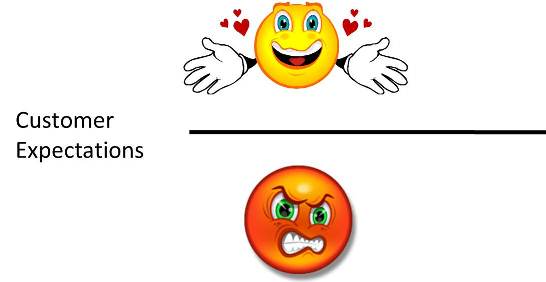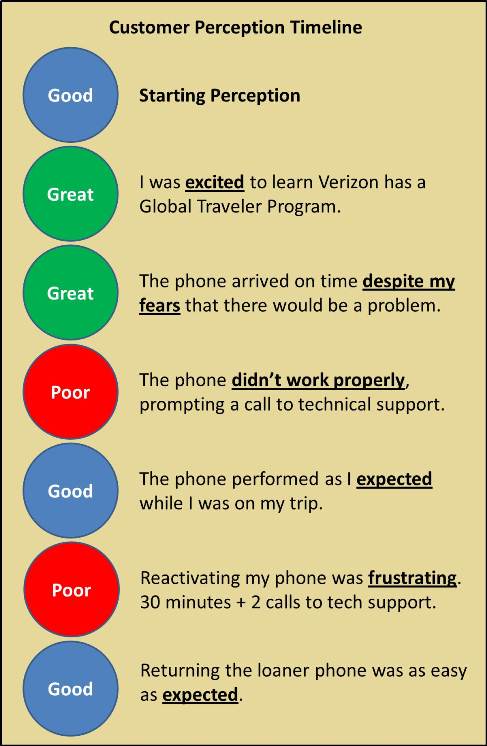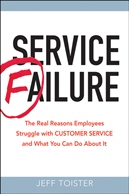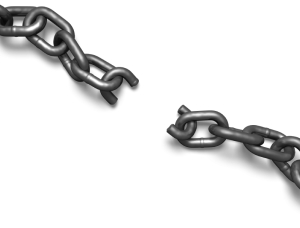The hidden dark side of good service
 Jeff Toister
Jeff Toister  Thursday, September 27, 2012 at 8:21AM |
Thursday, September 27, 2012 at 8:21AM | I recently traveled overseas and had to get a loaner phone from Verizon since my iPhone 4 wouldn't work in the UK or Ireland. If Verizon had sent me a net promoter-style customer satisfaction survey about their Global Traveler Program (they didn't), I'd probably give it a 7. You can get an overview of Net Promoter scoring on the Net Promoter System website, but a 7 is a relatively neutral score.
It may be tempting to classify my service experience as good, but not great. However, my slightly positive overall perception of Verizon's Global Traveler Program is really a rough average of elements that were truly fantastic as well as some frustrating service failures that greatly diminished my enthusiasm. In other words, Verizon was one step away from either turning me into an enthusiastic promoter or an angry detractor.
What is Good Service?
Customer service is a function of each individual customer's expectations and experience. Outstanding service happens when experience exceeds expectations while poor service is the result of experience falling short of expectations.

What happens most often? Good service. This is when the experience meets expectations. There's nothing wrong with good service per se, but it isn't memorable. We only tend to notice, and remember, service that's outside the norm.
A Collection of Experiences
My perception of Verizon's Global Traveler Program was really a collection of experiences. There were at least seven distinct moments of truth that shaped my overall impression.

My overall impression of Verizon's Global Traveler Program wasn't just impacted by the average of each moment of truth, but by their sequence.
Starting Perception. This signifies where a customer's perceptions are at the start of the experience. Good, or neutral, impressions are relatively easy to sway but strong perceptions are not. That's because a phenomenon called confirmation bias causes customers to selectively filter out information that doesn't match their existing beliefs. If they're a raving fan, they'll look for evidence that Verizon is awesome. If they hate Verizon, they'll look for any little nitpick to justify their feelings.
Primacy. My first two experiences with the Global Traveler Program were outstanding. Since my starting position was neutral, I was easily moved into a 9 or 10 positon on a 10-point scale. It's also important to note that first impressions are much more memorable than what happens next.
Mid-point. The two frustrating experiences were sandwiched between neutral or positive experiences. This, combined with an outstanding first impression, likely prevented my perception from being in the 4 or 5 range.
Recency. My last moment of truth was good since it was relatively easy to return the phone. Customers tend to remember their first impression and their last impression, so a good beginning and end can help overcome a few negative experiences in between.
What can we learn?
I see a few take-aways here:
- Good service can hide distinct opportunities to be either great or terrible.
- Companies should fall all over themselves to make a great first and last impression.
- It's a good idea to collect data to help you spot the strong and weak points in your service delivery system.
What other lessons can companies learn from this experience?
Jeff Toister is the author of Service Failure: The Real Reasons Employees Struggle with Customer Service and What You Can Do About It. The book is scheduled to be released on November 1. You can learn more about the book at www.servicefailurebook.com or pre-order a copy on Amazon, Barnes & Noble, or Powell's Books.






